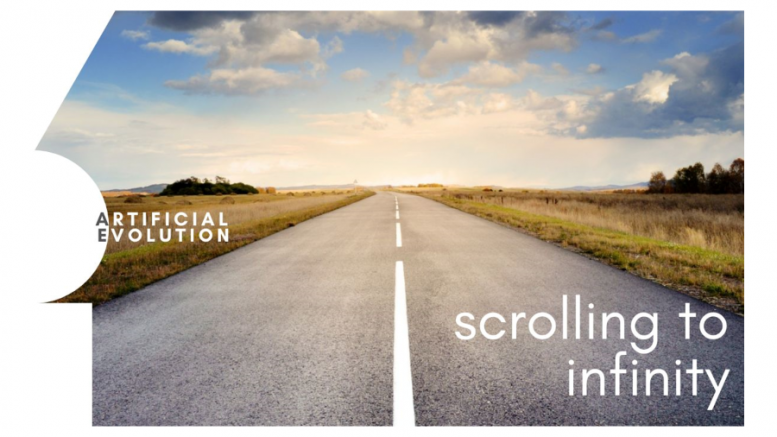Everybody has their “I have nothing to do so I’m going to look at my phone” app.
Some people have Instagram. Some have GoogleNews. I have 9gag.
The name 9gag came from the idea that each page had 9 memes or “gags” (heh…). There wasn’t too much science. Just memes and jokes from 10 years ago. (A time when 9gag purists would say was the best time)
About 3-4 years ago, like a lot of apps, 9gag started the infinite scroll user interface. The user interface wasn’t bad to begin with but this just brought in the idea of not needing to press the “next page” or “page 2” button and the end of the page.
Because there was no end of the page. (dum dum DUMMMM!)
What is doom scrolling?

This happens… everyday.
Infinite scrolling is a design technique used on websites and mobile apps that allows users to continuously scroll through content without having to click to go to the next page. While it may seem like a convenient feature, it has been suggested that infinite scrolling can have negative effects on user behavior and engagement. Studies have shown that users tend to spend more time on websites with infinite scrolling, but also tend to retain less information and have difficulty navigating back to previous content.
Some science & psychology
It has become a popular design feature for websites and mobile apps. This endless stream of content keeps users engaged for longer periods, but what drives this behaviour? One factor is the psychological principle of the “Zeigarnik effect,” where incomplete tasks create a sense of tension and motivation to finish them. Infinite scrolling provides an ever-growing list of content that keeps users engaged in this way.
Additionally, the “variable rewards” principle states that unpredictable rewards are more enticing than consistent ones, leading users to continue scrolling in hopes of finding something new or exciting. The ease and convenience of infinite scrolling also contribute to its popularity, as it eliminates the need for users to click through pages or search for specific content.
Tritox, a YouTuber (with surprising low amount of followers), made a fairly sophisticated video about this a couple years ago. Here’s a look:
Ok. So addictive and easy. Doesn’t this make it the ideal product?
Actually yes.
One of the main benefits of infinite scrolling is that it can increase engagement and time spent on site. Users are more likely to continue scrolling through an endless feed than to click through to new pages. This can result in higher page views per session and lower bounce rates. However, infinite scrolling can also make it difficult for search engines to crawl and index content. Without clear pagination or distinct URLs for each page, search engines may struggle to understand the structure of the site and may not be able to properly rank individual pieces of content. Additionally, infinite scrolling can slow down page load times, which can negatively impact user experience and ultimately harm SEO performance.
Another advantage of infinite scrolling is that it can enhance engagement by providing a seamless browsing experience without the need to reload pages or click through navigation menus. This can be particularly useful for social media platforms or e-commerce sites where users want to quickly browse through large amounts of content.
However, infinite scrolling can also have drawbacks. Remember how sometimes you forgot to save that one picture or post and now you just can’t find it? It can make it difficult for users to find specific information or return to previous content as they may lose their place while endlessly scrolling. Additionally, infinite scrolling can negatively impact website performance and speed, especially on mobile devices.
<Sidenote>
During the writing of this article alone, I’ve gone through 6 scrolls of 9gag, 8 scrolls of YouTube and 2 scrolls if my Instagram feed. But then… who’s counting?
In short:
InfiniteScroll, the product: If done well, A+
Doomscrolling, the activity: Usually scenario: wastes time. Bad scenario: Gets you addicted.
Stay curious. Stay Secure.
See you next fortnight.
The views and opinions published here belong to the author and do not necessarily reflect the views and opinions of the publisher.



Be the first to comment on "Scrolling to infinity"